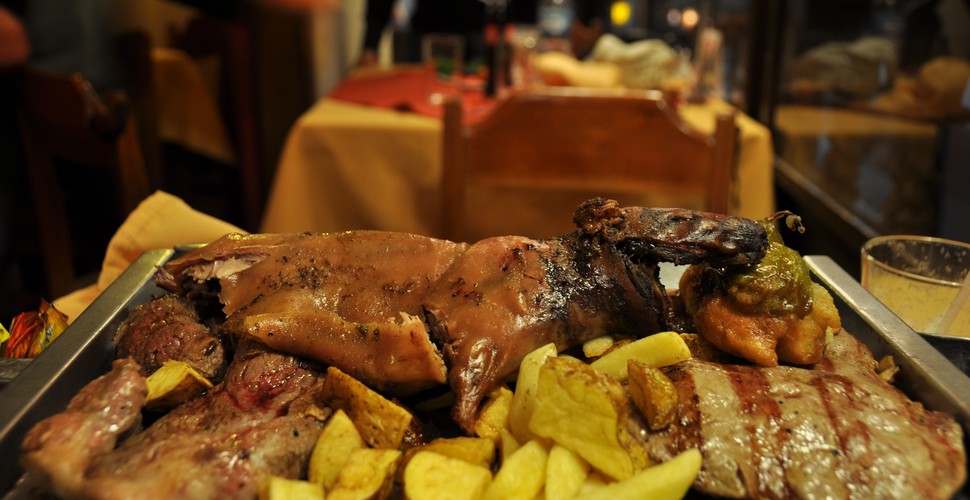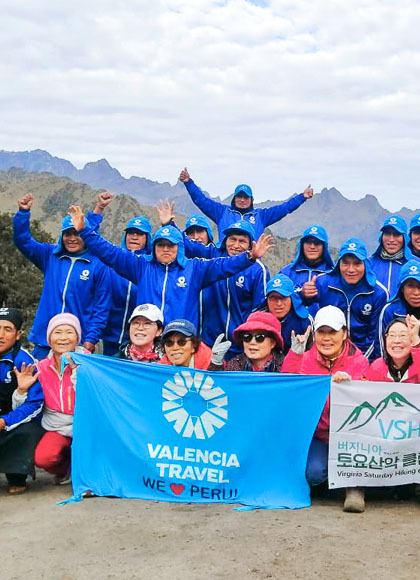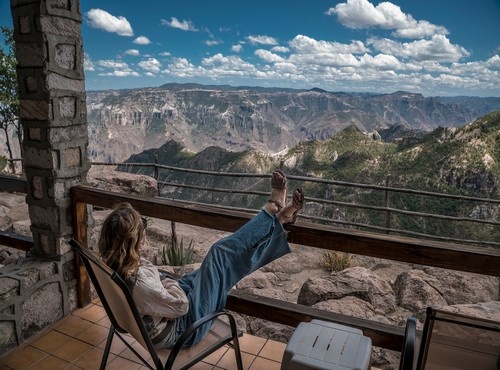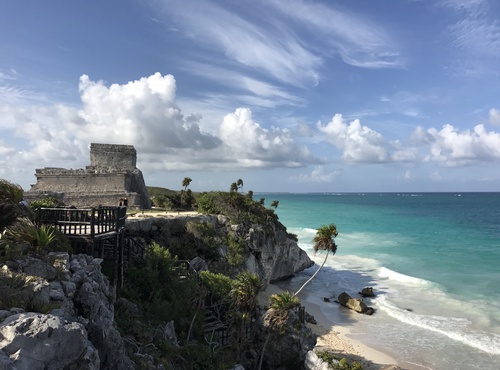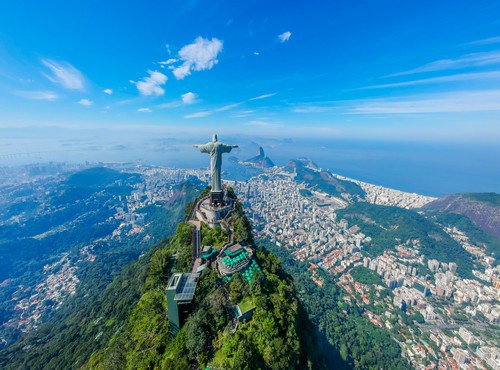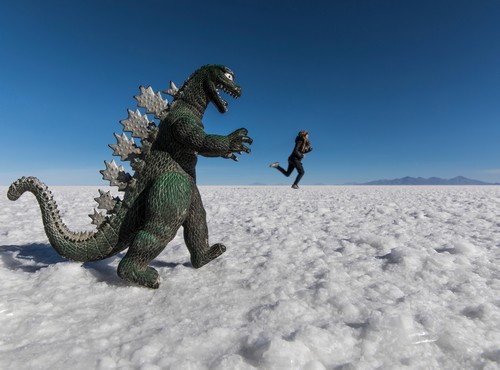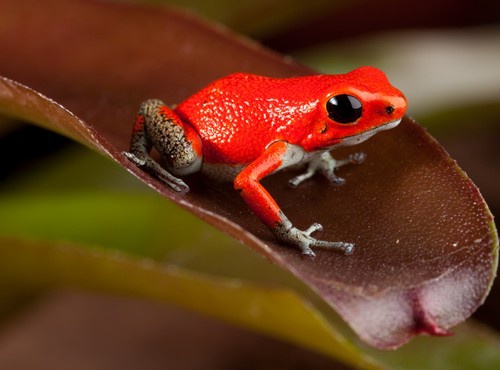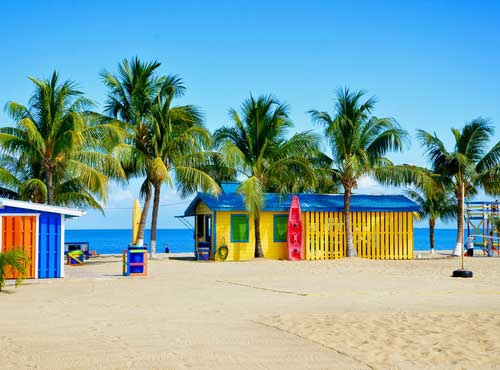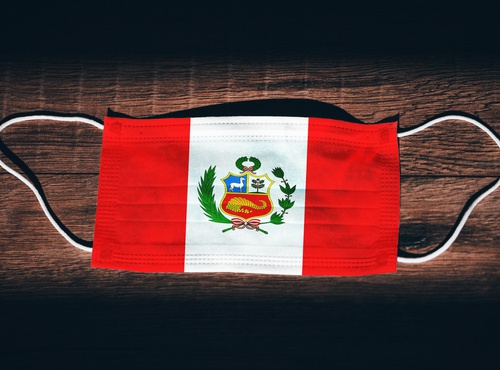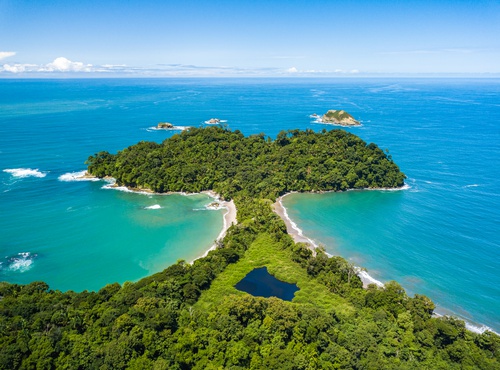
Written by:undefined undefined
Published: 19-09-2022
Officially known as the Plurinational State of Bolivia, Bolivia is geographically the largest landlocked country in the Americas and one of South America's most diverse and perplexing nations. Bolivia is named after Simón Bolívar, a leader in the Spanish-American wars of independence. It is equal in size to California and Texas combined. It is bordered to the North and East by Brazil, the Southeast by Paraguay, the South by Argentina, the Southwest by Chile, and the Northwest by Peru.
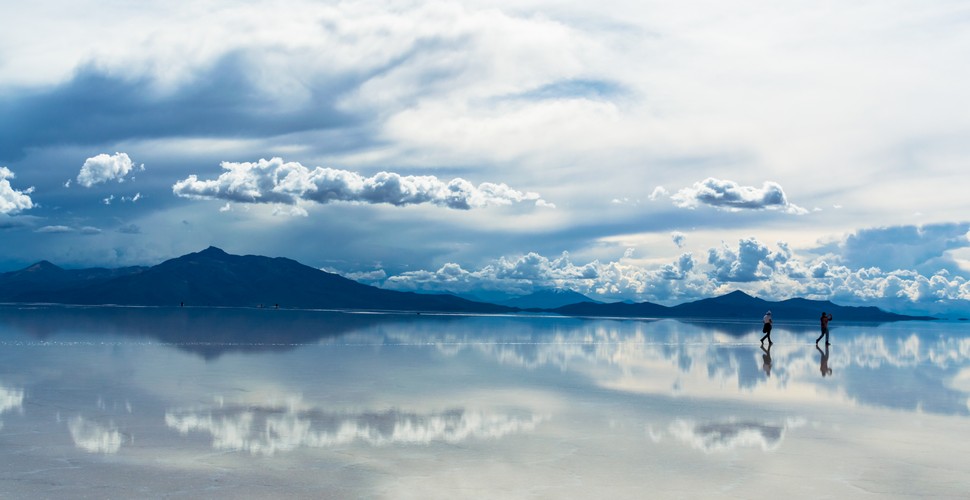
Salar de Uyuni
Geography
Bolivia has more than 13 different types of geography - making it one of the countries with the most incredible biodiversity in the world and causing the climate to vary drastically with altitude and from one climatic zone to another. The climate in Bolivia ranges from humid and tropical to cold and semi-arid. The Oriente is a lowland region ranging from rainforests to grasslands and wetlands, and it comprises the northern and eastern two-thirds of Bolivia. In the western part, you will find the great plateau of the Altiplano, enclosed by two mountain chains of the Andes. Almost half the population lives on the plateau, where you will find the cities of Oruro, Potosí, and La Paz. Lake Titicaca near La Paz is the world's highest commercially navigable body of water. The Salar De Uyuni in the South-West is the largest salt desert in the world and a truly unique sight not to miss.
The country occupies an area of 1,098,581 km² (424,164 sq mi); it is about twice the size of Spain or slightly less than three times the size of the U.S. state of Montana. The Andean mountain range covers about one-third of the country.
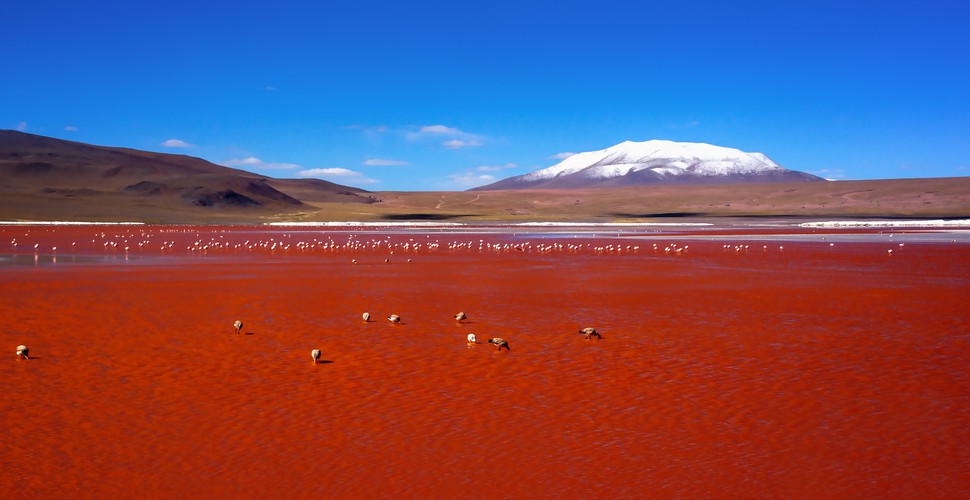
Laguna Colorada, Uyuni
History
Bolivia has a rich history. It was once the center of the ancient Tiahuanaco empire, and from the 15th to the early 16th century, it was a part of the Inca empire. After the arrival of the conquistadores, Bolivia was subsumed within the Viceroyalty of Peru, which provided Spain with immense wealth in silver. By the end of the 17th century, mineral wealth had begun to dry up. The country won independence in 1825 and was named after Simón Bolívar, the famous liberator. Hampered by internal strife, Bolivia lost great slices of territory to three neighboring nations. Chile took several thousand square miles and its outlet to the Pacific after the War of the Pacific (1879–1884). In 1903, a piece of Bolivia's Acre Province, rich in rubber, was ceded to Brazil. And in 1938, after losing the Chaco War of 1932–1935 to Paraguay, Bolivia gave up its claim to nearly 100,000 sq mi of the Gran Chaco. Political instability ensued After the War of the Pacific (1879–84), a war between Chile and a Bolivian–Peruvian alliance; Bolivia lost access to the Pacific Ocean and became one of the two landlocked states in South America.

Oruro Carnival
Population
Bolivia has 11,8 million people (2021); indigenous people comprise about two-thirds of the population. Spoken languages are Spanish (official), Aymara, Quechua, Guaraní and 34 other native languages. Bolivia is one of the few countries in the world with two capitals: La Paz - officially: Nuestra Señora de La Paz is the seat of the government, and Sucre, the legal capital and the seat of the judiciary.
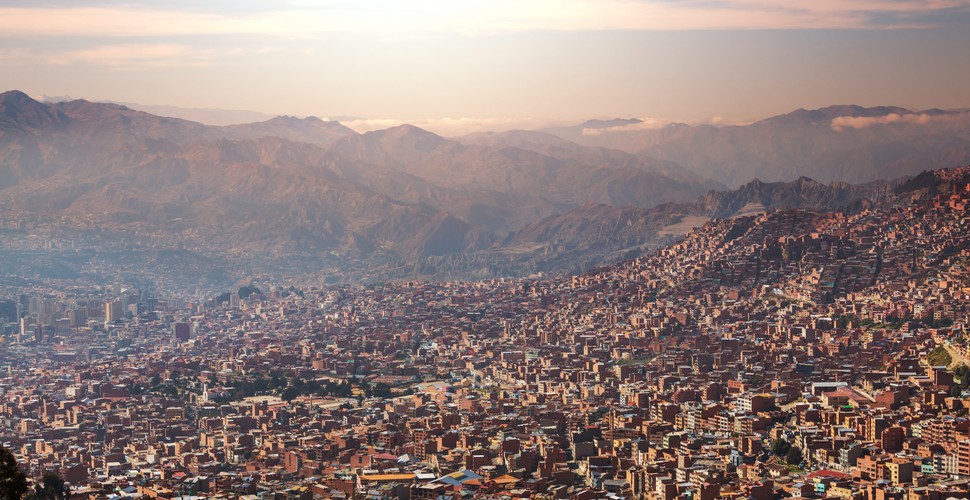
La Paz
Religion in Bolivia
The predominant religion is Roman Catholic with a scattering of other protestant groups. Indigenous Bolivians have blended Catholicism and their traditional religious beliefs. An example is the unification of the form of Pacha Mama (Mother Earth) and the Virgin Mary, as depicted in traditional religious artwork dating from the times of the conquest until today.
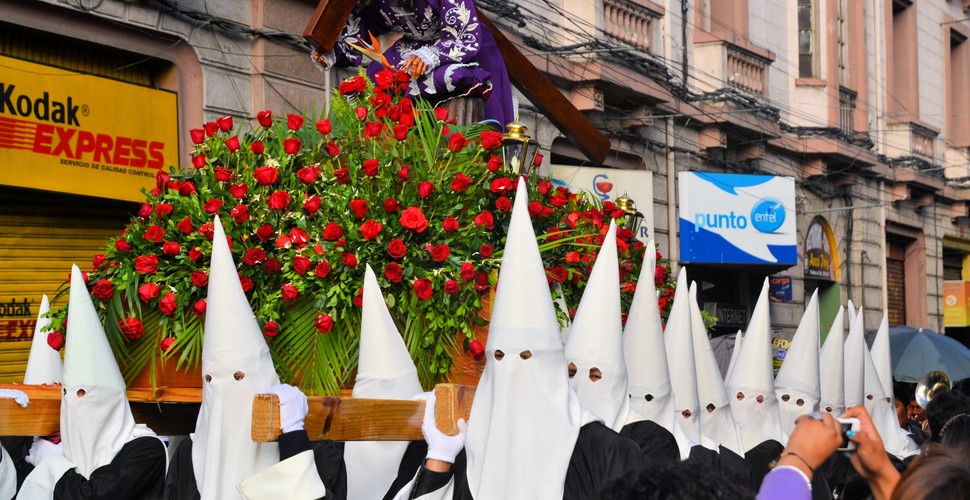
Catholicism
Languages
Spanish is the official language throughout Bolivia, although only 60-70% of the population speaks it, often as a second language. The indigenous languages of Quechua and Aymara are preferred when bargaining in rural markets. A Quechua word or two will endear you to the vendors and usually get you an extra orange or more juice! Several other small indigenous groups speak their languages. English is understood in the best hotels, airline offices, and travel agencies, but it's of little use elsewhere.
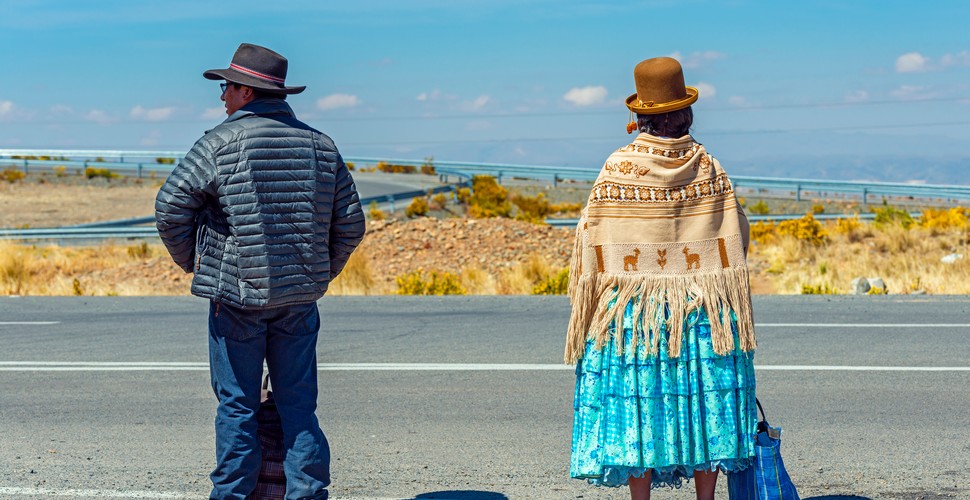
Aymara People
Bolivian Food
Bolivian food consists mainly of meat, potatoes, corn pancakes, rice, eggs, and vegetables. Local specialties include pique a lo macho, grilled beef and sausage; lechón, suckling pig; and cuy, whole roasted guinea pig-however, some delicacies may only be for the most adventurous stomachs.
